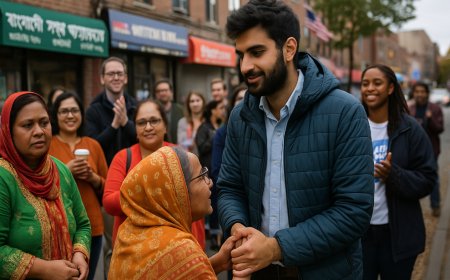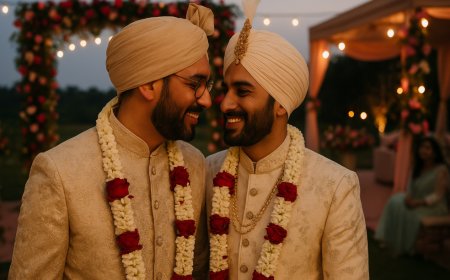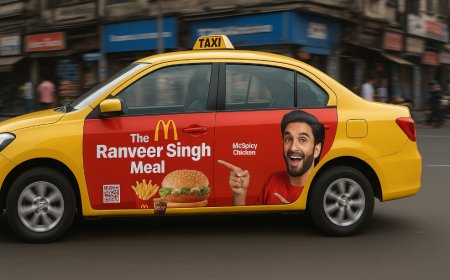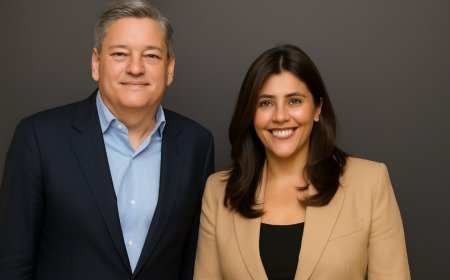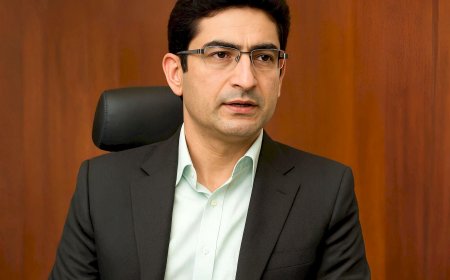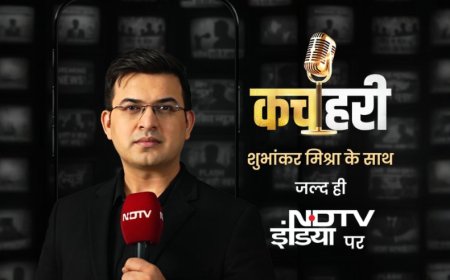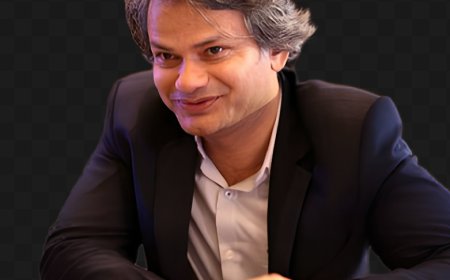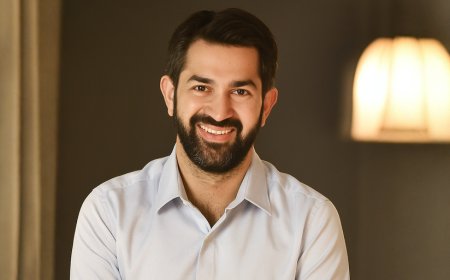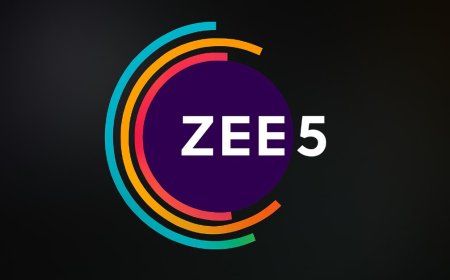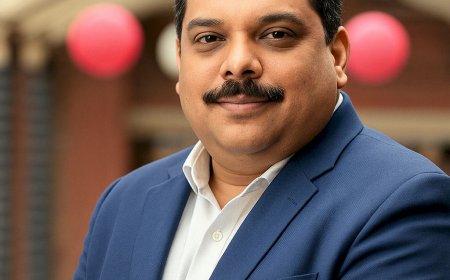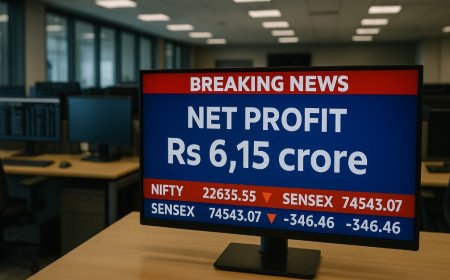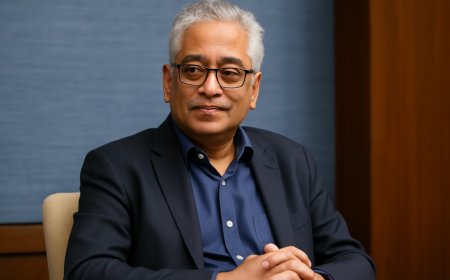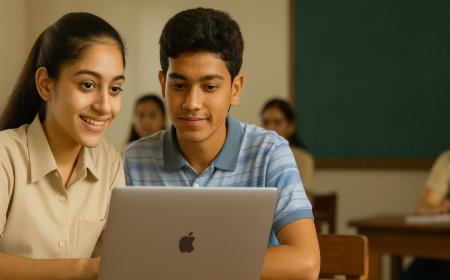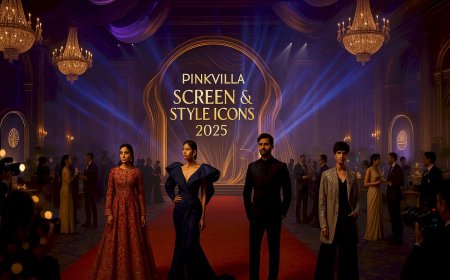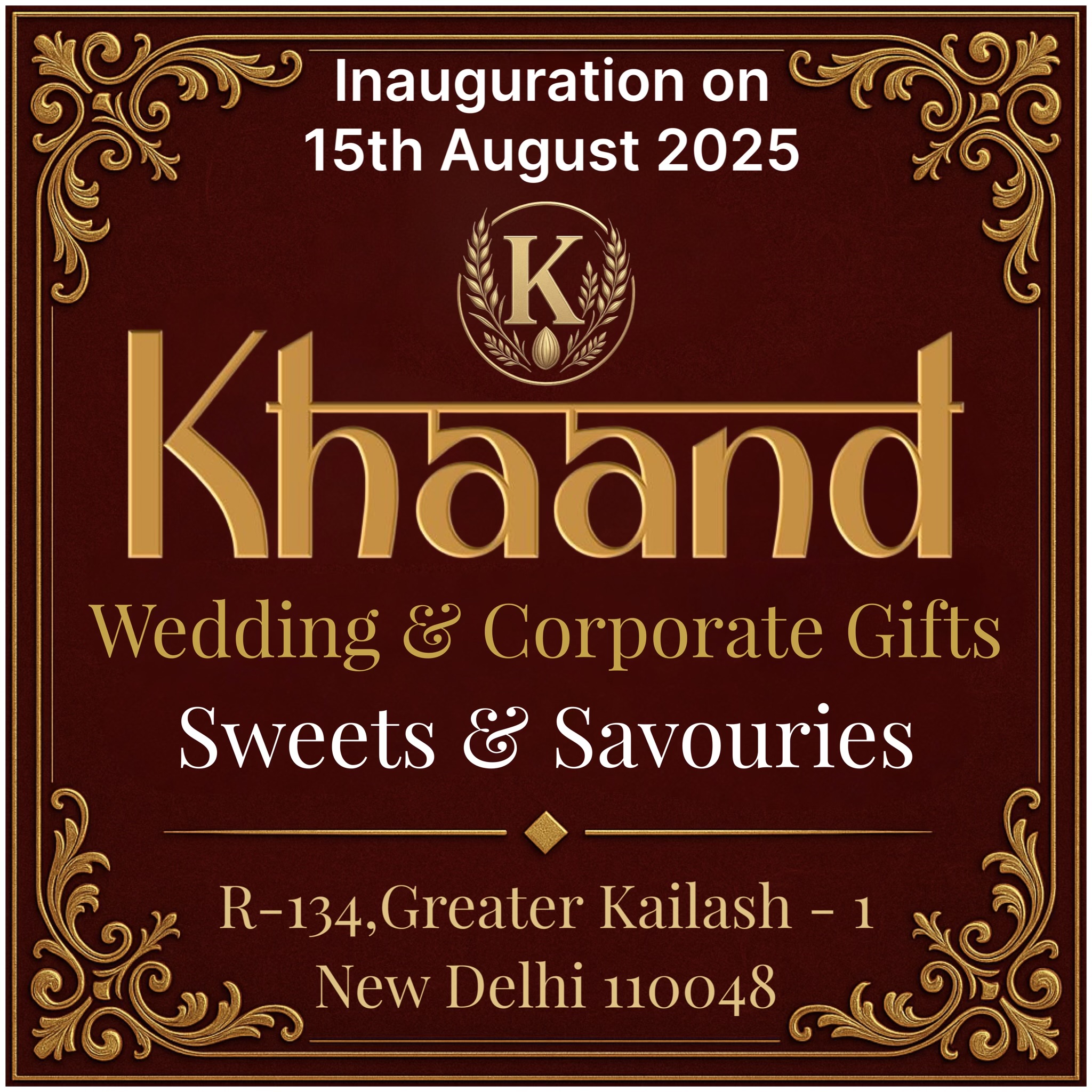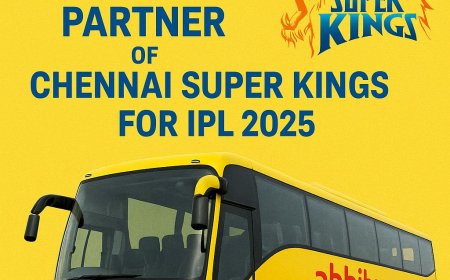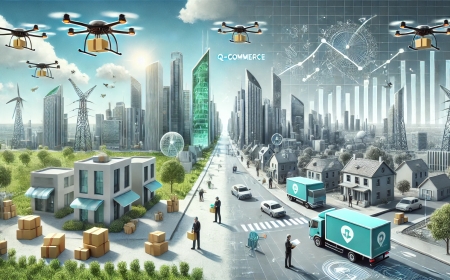How Mastercard is Using Music, Memories, and Meet & Greets to Win Over Young Indians
Discover how Mastercard is winning over India’s Gen Z and millennials through exclusive music gigs, meet & greets, and unforgettable experiences. Learn why this lifestyle strategy goes beyond simple perks.
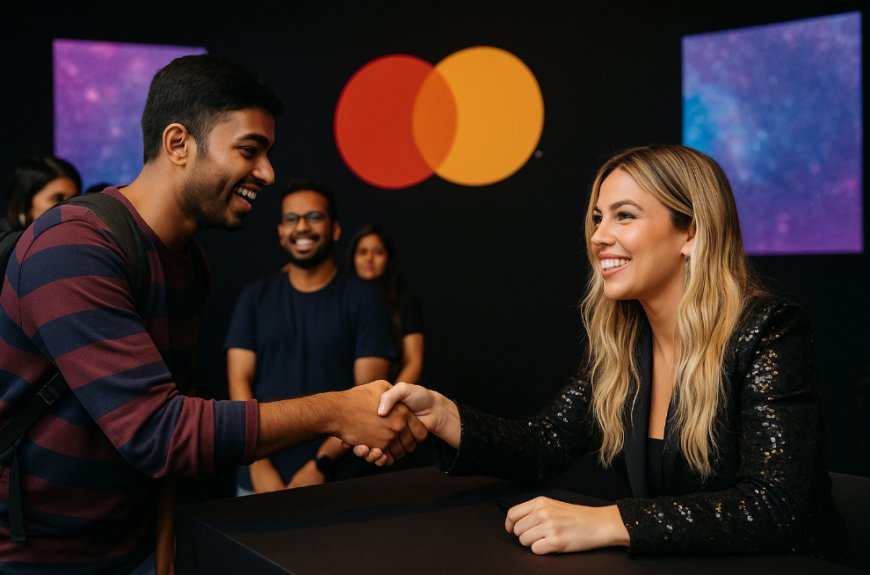
In the world of finance, plastic cards and digital payments are hardly exciting topics for dinner-table conversations. Yet, behind the scenes, companies like Mastercard are quietly rewriting how they connect with India’s massive, young, and increasingly savvy audience. And they’re doing it with more than just cashback and discounts — they’re tapping into something far more powerful: emotions.
With its latest approach, Mastercard is going all in on experiences — turning transactions into memories, payments into privileges, and cardholders into VIP guests at some of the country’s most sought-after cultural moments. The strategy? A clever blend of music, unforgettable memories, and exclusive meet & greet moments that position the brand not just as a payment solution, but as a lifestyle companion.
So how exactly does Mastercard plan to woo India’s next generation with these feel-good perks? Let’s break down what makes this new playbook special — and why it might just work.
Why India’s Young Shoppers Want More
Today’s young Indians have grown up in an era of choice. From how they shop to how they travel, everything is digital, customizable, and on-demand. For this generation, value doesn’t stop at a product or service. It’s about the experience that comes with it.
While discounts and cashback offers once ruled loyalty programs, they’re no longer enough. Young Indians are looking for access — to concerts, celebrities, backstage passes, exclusive dinners — things money alone can’t always buy.
Mastercard has clearly read the room. It understands that for India’s Gen Z and millennials, experiences and memories hold more weight than purely material perks. And this shift is shaping how the brand talks to its audience.
The Big Bet on Music
Step into any college campus or urban hangout today, and you’ll hear music — blasting from headphones, filling cafes, or performed live at festivals. Music is the universal language of India’s youth, cutting across languages and geographies.
Mastercard is using this universal love for music as an anchor for its new strategy. The brand has started partnering with major concerts and music festivals, offering cardholders front-row seats, priority bookings, or backstage access to meet their favorite artists.
Picture this: You’re a fan of a global pop star or a rising indie band. Instead of fighting thousands of fans for tickets, your Mastercard unlocks early bird sales or VIP entry. Suddenly, that card in your wallet is more than just a way to pay — it’s your ticket to memories.
Meet & Greets: From Transaction to Connection
If music is the hook, exclusive meet & greets are the wow factor. Mastercard’s tie-ups often include chances for fans to get up close with the artists they admire — photo opportunities, autograph sessions, or even private Q&As.
For young Indians, these moments are priceless. They’re the Instagram stories that get replayed, the selfies that become display pictures, and the memories that stick long after the concert lights dim.
By offering these unique experiences, Mastercard is betting on the power of connection — because when a brand helps you live a dream, it earns a loyalty no cashback coupon ever could.
A Global Template, Localized
Mastercard’s strategy isn’t entirely new — the brand has long used exclusive experiences globally, from sports hospitality at the UEFA Champions League to golf tournaments and Broadway shows. But what’s clever is how they’re tailoring this for India.
Instead of parachuting in global acts alone, Mastercard is also backing local artists, regional music fests, and homegrown talent. Whether it’s a huge Bollywood awards night or an intimate folk gig in Goa, the brand’s perks are designed to resonate with India’s diversity.
This local touch makes the perks feel relevant — and turns a global giant into a local friend.
Tech That Makes It Seamless
Of course, none of this works if the tech isn’t seamless. Young Indians expect frictionless access — no clunky processes or complicated forms.
Mastercard’s digital ecosystem integrates perks directly with its partners and banking apps. So whether it’s grabbing pre-sale tickets through an app or scanning your card at the venue for VIP access, the experience stays smooth and digital-first.
Some tie-ups even let users unlock offers via tap-to-pay or QR codes, blending the convenience of cashless payments with the thrill of instant gratification.
Beyond Concerts: Priceless Cities and Culinary Delights
Music and meet & greets are only one piece of Mastercard’s larger “Priceless” strategy — a global program that turns everyday spending into extraordinary experiences.
In India, this has expanded into the Priceless Cities initiative, where Mastercard cardholders can unlock curated experiences in urban hotspots. Think: chef’s table dinners with celebrity chefs, curated shopping walks in luxury districts, or behind-the-scenes tours of iconic venues.
For food-loving Indians — and that’s pretty much everyone — exclusive dining tie-ups are another big draw. Mastercard frequently partners with top restaurants to offer priority reservations, special menus, or surprise chef meetups.
This not only delights cardholders but also ties Mastercard to life’s everyday pleasures — dinner with friends, a night out in the city, or a special family celebration.
Tapping Influencers and Social Stories
It’s no surprise that to reach Gen Z, Mastercard’s campaigns come alive on social media. Meet & greets and musical moments are built for shareability. The brand often partners with local influencers, artists, and micro-celebrities to amplify its message.
When an influencer posts about an exclusive Mastercard perk, followers get major FOMO — and are reminded that a card in your wallet could open similar doors.
This organic buzz gives Mastercard an edge over more transactional loyalty schemes that rarely generate word-of-mouth excitement.
Why It Works: Tying Emotion to Utility
At its heart, Mastercard’s playbook is smart because it solves a fundamental challenge: How do you make a payment card feel emotional?
A payment card is, by design, functional. You pull it out at a store or a website checkout, then tuck it away. But when that same piece of plastic doubles up as your pass to a sold-out show or your backstage selfie moment, it stops being just a tool and becomes a symbol of access.
This emotional value is exactly what sets Mastercard’s approach apart in a market flooded with offers. Instead of fighting a race to the bottom on discounts, the brand is saying, “Yes, get your discounts — but also get memories.”
Challenges Ahead
Of course, building emotional loyalty is not a one-time gig. Experiences must evolve with customer expectations. A fan meet & greet today could feel stale tomorrow if every brand copies the idea.
Young Indians are quick to move on if perks feel repetitive. To stay ahead, Mastercard will need to keep curating fresh, authentic experiences that genuinely excite.
They’ll also need to balance scale with exclusivity — because nothing kills ‘VIP access’ faster than when everyone gets it.
The Bigger Payoff
So, what’s in it for Mastercard beyond good vibes? At the core, it’s about driving usage. When a card becomes the gateway to once-in-a-lifetime moments, people are more likely to choose it for their daily transactions.
More swipes mean more revenue — but more importantly, they mean more data to personalize future offers, fine-tune partnerships, and keep the experience loop alive.
In a country where digital payment choices multiply by the day — UPI apps, BNPL services, e-wallets — a physical card needs something extra to stand out. Experiences are that edge.
What It Means for India’s Brand Playbook
Mastercard’s music, memories, and meet & greets strategy is a masterclass for any brand trying to woo India’s young crowd. The lesson? Loyalty today is about emotion, not just economics.
People don’t remember every rupee saved, but they remember the concert where they sang their heart out, the chef who autographed their menu, or the selfie with an artist they admire.
For brands, the takeaway is clear: Deliver more than products. Deliver moments people can talk about, post about, and cherish long after the transaction is done.
Final Note: Making Payments Priceless
With India’s youth set to dominate spending in the coming decades, Mastercard’s move is more than just clever marketing — it’s a bet on a generation that values connection over cold perks.
What's Your Reaction?
 Like
0
Like
0
 Dislike
0
Dislike
0
 Love
0
Love
0
 Funny
0
Funny
0
 Angry
0
Angry
0
 Sad
0
Sad
0
 Wow
0
Wow
0



